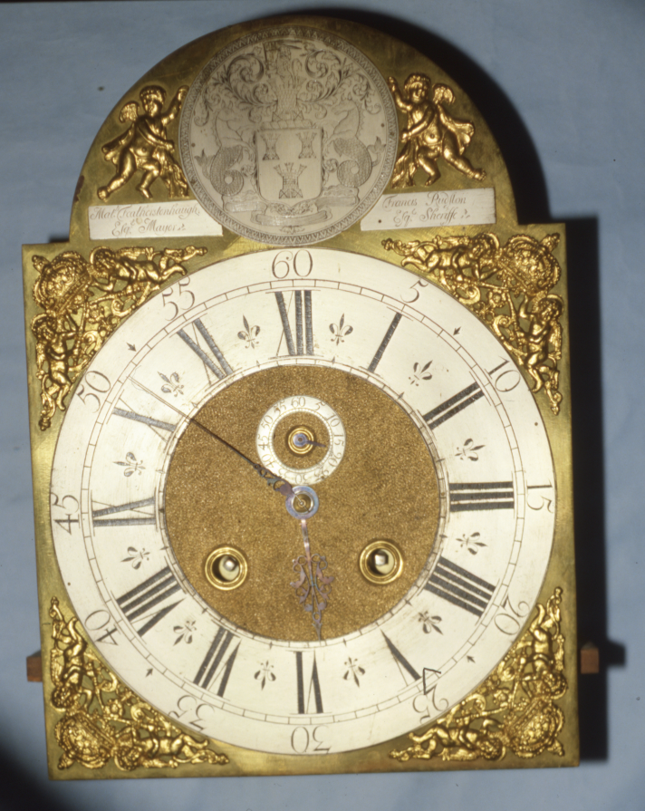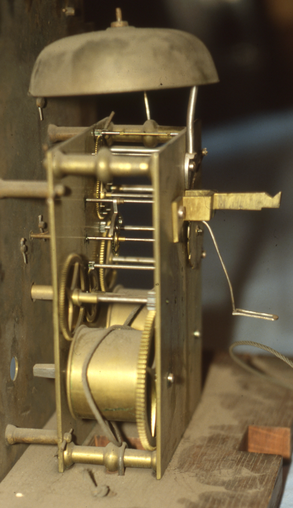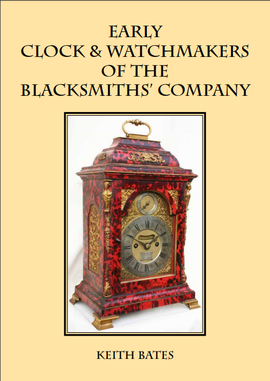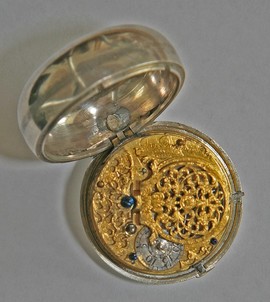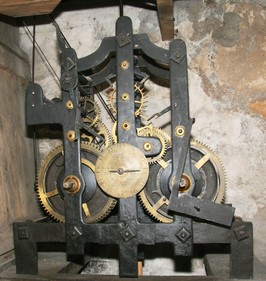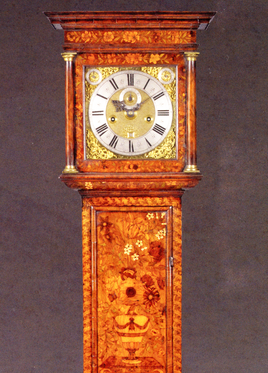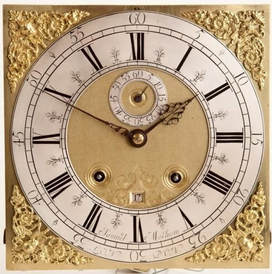Was Fromanteel the Mystery Maker? - The Mansion House Clock
By Keith Bates
Article in Clocks Magazine of January 1982.
NOW available for online purchase.
"Thanks very much for writing your book, I have read all of the non-directory sections closely and enjoyed it all. I never fully understood the detail of the South Sea Bubble until now, which is fascinating. The book is a fountain of knowledge and I will always treasure it."
Charles – London
Charles – London
Early Clock and Watchmakers of the Blacksmiths' CompanyKeith's years of research into the Blacksmiths' Company have uncovered the history of many clock and watchmakers. Contains over 400 illustrations and a directory of over 1,500 clock and watchmakers...many previously unknown.
Early Clock and Watchmakers of the Blacksmiths’ Company Now available for purchase for £79 plus FREE P&P (UK delivery) or £30 P&P (EU & USA delivery) |
"Your wonderful book arrived today in beautiful condition."
Travis – New York
Travis – New York
|
|
|
"I have been away and recently returned to find your quite magnificent book. Many congratulations of a fine and fascinating work. It will be of much interest here – particularly the William Clement research. The whole book is beautifully presented"
Lesley – London
Lesley – London


